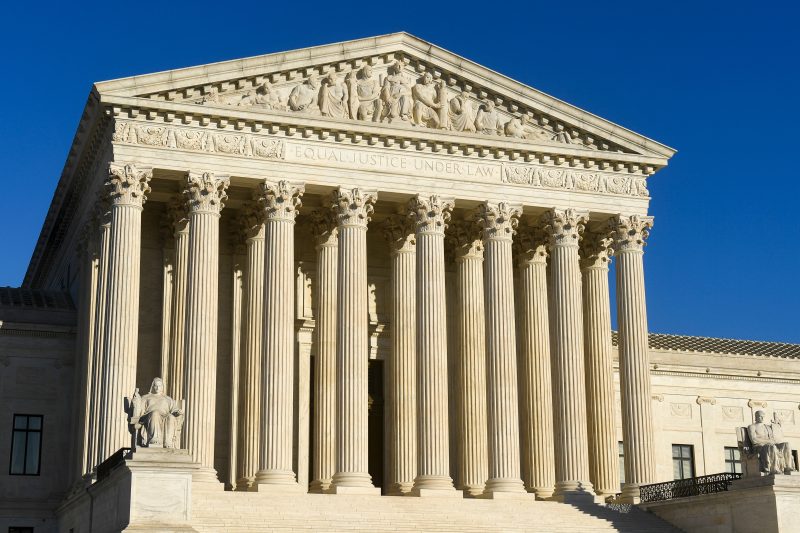### The Balkanization of Title IX Regulations: A Legal Quagmire for Universities
#### Background on Title IX Regulations
Title IX of the Education Amendments of 1972 is a federal civil rights law that prohibits discrimination on the basis of sex in education programs or activities receiving federal financial assistance. One of the key aspects of Title IX is the regulation of how educational institutions handle cases of sexual misconduct and harassment.
#### The Case of Biden’s Title IX Regulations
President Biden’s administration proposed new regulations to address the handling of sexual assault cases on college campuses. These regulations aimed to bolster protections for survivors and streamline investigative processes. However, several states challenged these regulations, leading to a legal battle that has resulted in a block on implementing the new rules in some states.
#### The Supreme Court’s Decision
The Supreme Court recently upheld the block on Biden’s new Title IX regulations in some states. The decision underscores the complexities of enforcing federal regulations in a country where legal interpretations can vary widely across jurisdictions.
#### Implications for Universities
The patchwork enforcement of Title IX regulations across different states creates a challenging landscape for universities. Institutions with campuses in multiple states may need to navigate a web of varying regulations, making it difficult to establish consistent policies and procedures for addressing sexual misconduct cases.
#### Legal Uncertainty and Compliance Challenges
The Supreme Court’s decision has introduced legal uncertainty for universities, as they now must grapple with different standards for Title IX compliance depending on their location. This can lead to confusion among students, faculty, and administrators and may hinder efforts to create safe and inclusive learning environments on campus.
#### The Need for Clarity and Consistency
In light of this legal quagmire, there is a pressing need for greater clarity and consistency in how Title IX regulations are enforced nationwide. While state-level priorities and legal interpretations may differ, establishing a baseline of protections for survivors and clear guidelines for educational institutions is essential in upholding the principles of Title IX.
#### Conclusion
The ongoing legal battle over Biden’s new Title IX regulations highlights the challenges posed by a fragmented regulatory landscape. Universities must remain vigilant in understanding and complying with the intricacies of Title IX requirements to ensure the safety and well-being of their campus communities. Efforts to streamline regulations and promote consistency in enforcement will be crucial in upholding the principles of equality and accountability set forth by Title IX.


























